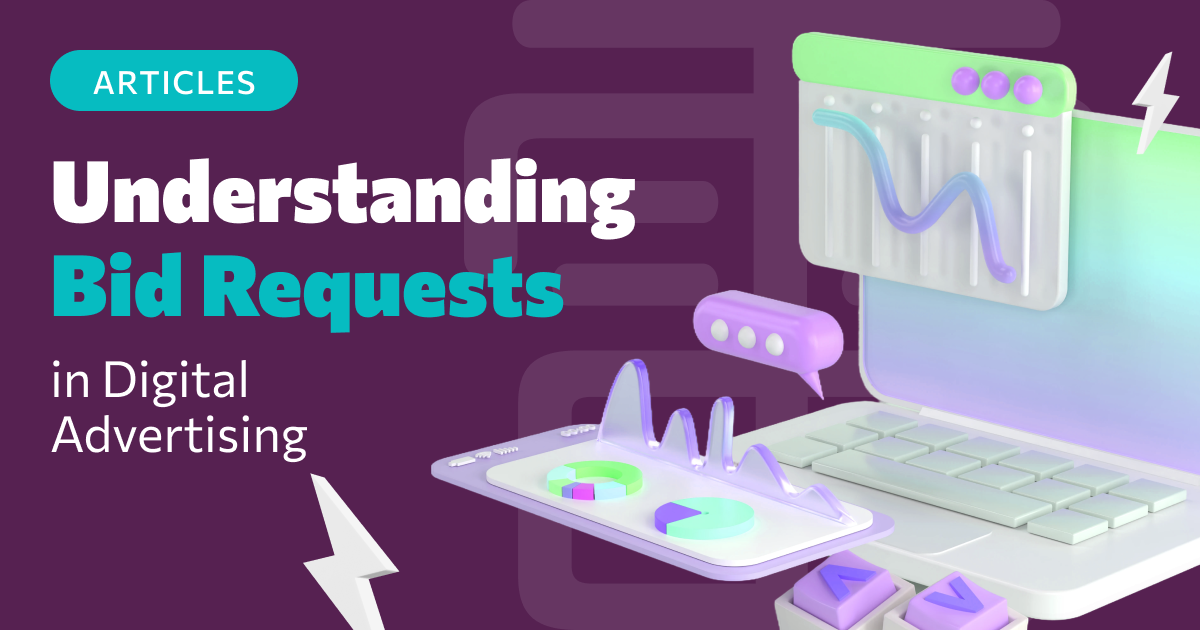In the dynamic world of digital advertising, bid requests play a pivotal role in how ads are displayed to users across the internet. This process is at the heart of programmatic advertising, enabling a highly efficient and targeted approach to ad placement. Let's delve into what bid requests are, how they work, and their significance in the digital advertising ecosystem.
What is a Bid Request?
How Do Bid Requests Work?
1. User Visits a Website/App. When a visitor arrives at a website or app, the publisher's ad server identifies available ad spaces (impressions) that need to be filled.
2. Bid Request Initiated. The ad server then sends out a bid request for each available ad impression. This request includes comprehensive details about the ad slot (size, format), the user (demographic information, interests, location), and the content of the web page or app.
3. Auction Process. The bid request is received by multiple advertisers or their DSPs through an ad exchange or directly in the case of header bidding. Publishers analyze the bid request data to decide how much they're willing to pay for the impression, based on the relevance of the user's profile to their advertising campaign.
4. Ad Selection. The highest bidder wins the right to display their ad on the publisher's site. This decision is made in real-time, often within milliseconds, ensuring that the ad space is filled efficiently without delaying the page loading time for the user.
5. Ad Display. Once the winning bid is determined, the advertiser's ad is served to the user's device, ideally matching the user's interests and the content they are consuming.
The Importance of Bid Requests
Targeted Advertising
Bid requests enable advertisers to target their ads more effectively by utilizing detailed information about the user. This leads to higher engagement rates and a better return on investment (ROI) for advertisers.
Maximizing Revenue
For publishers, bid requests help to maximize the revenue potential of their ad inventory by allowing multiple advertisers to compete for each ad impression in real-time.
Improved User Experience
By facilitating the delivery of relevant ads to users, bid requests contribute to a more personalized and less intrusive online experience.
Efficiency and Transparency
The automated nature of bid requests and the subsequent auction process enhances the efficiency of ad buying and selling. It also provides transparency for both publishers and advertisers, as the value of each ad impression is determined through an open market competition.
Conclusion
Bid requests are a fundamental component of modern digital advertising, enabling the seamless operation of programmatic buying and selling of ad inventory. Through real-time bidding (RTB), header bidding, and exchange bidding, bid requests facilitate a dynamic marketplace where advertisers can reach their ideal audience, and publishers can monetize their content effectively. Understanding bid requests is essential for anyone looking to navigate the complex landscape of digital advertising, whether they're on the buy-side (advertisers) or the sell-side (publishers).

